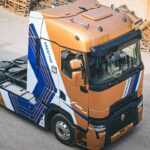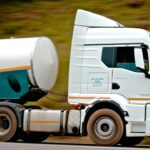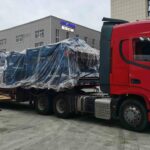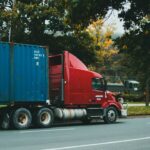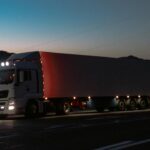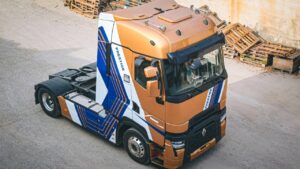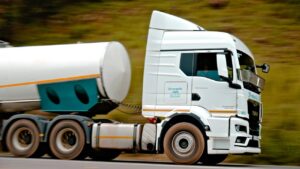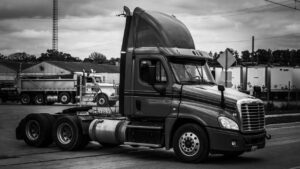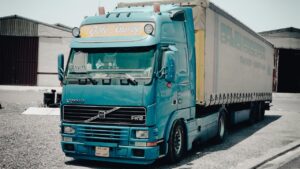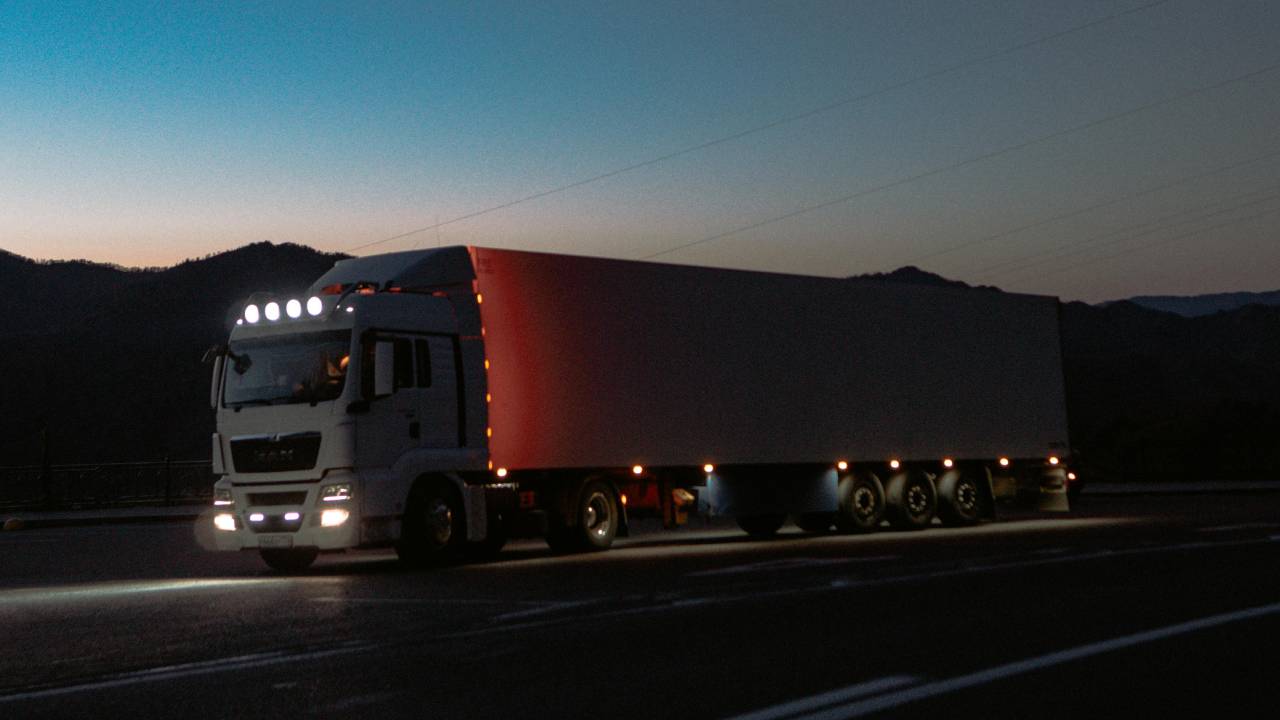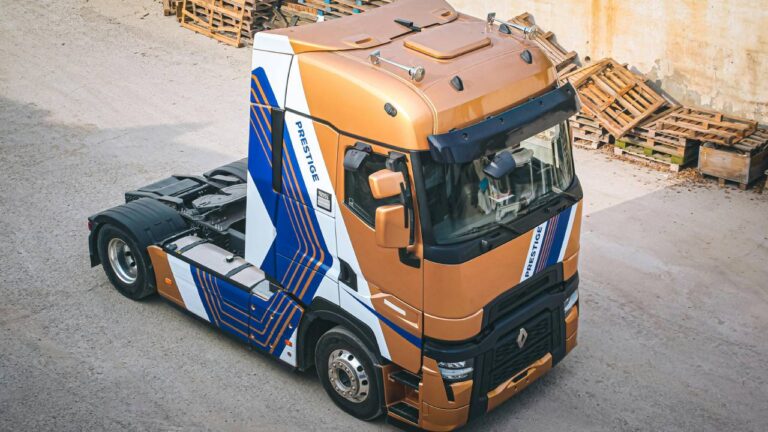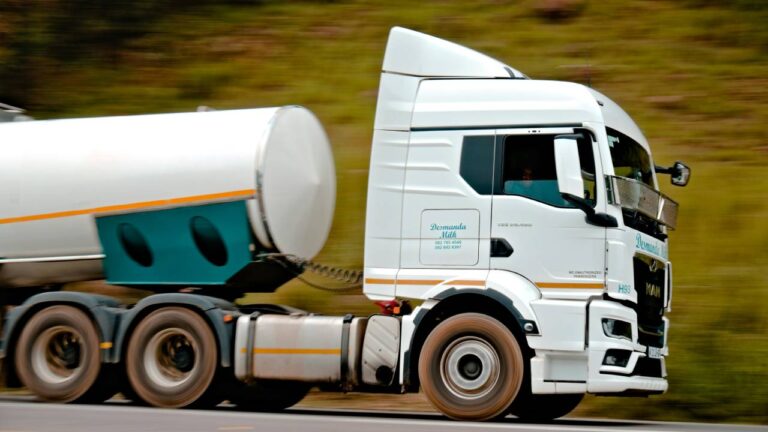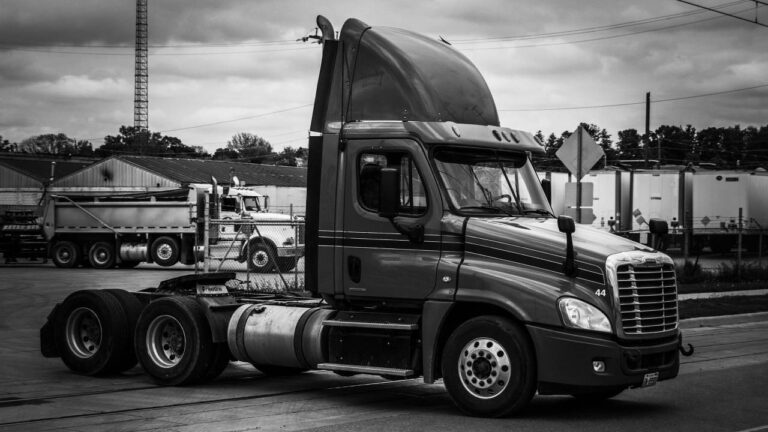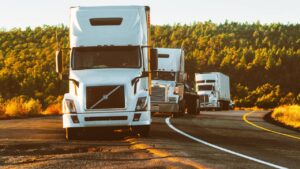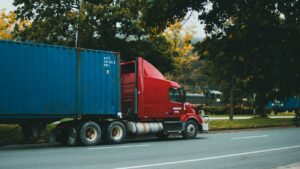The trucking industry in Europe is at a crossroads. With advancements in technology and growing demands for sustainability, the sector is poised for a significant transformation in 2025. For trucking professionals, fleet managers, and technology enthusiasts, understanding these innovations is not just exciting—it’s essential for staying ahead.
This article explores the state of European trucking, the groundbreaking technologies shaping the industry, and the challenges and opportunities these changes bring. Buckle up, as we take a deep dive into what the future holds for European trucks.
The Current State of the European Trucking Industry
The European trucking industry has long been a backbone of commerce, responsible for transporting 76.5% of freight in the EU. Yet, it faces increasing pressures from rising fuel costs, stringent environmental regulations, and a push toward digitization.
These challenges highlight the industry’s need for change, paving the way for advancements that improve efficiency, sustainability, and safety. 2025 stands out as a pivotal year, as manufacturers and fleet managers alike accelerate their efforts to meet evolving demands.
Key Innovations and Trends in 2025
The last few years have been a hotbed of innovation in the trucking world, with groundbreaking technologies ready for mainstream adoption. Here’s a closer look at some of the key trends driving the future of European trucking.
Advancements in Sustainable Trucking Technologies
Sustainability is no longer optional—it’s a requirement. The European Green Deal aims to reduce greenhouse gas emissions by 55% by 2030, forcing the trucking industry to adopt cleaner technologies.
Innovations like low-emission vehicles, optimized aerodynamics, and fuel-efficient engines are already making an impact. Truck manufacturers are exploring lightweight materials and advanced energy recovery systems to further reduce fuel consumption.
Example: Scania recently unveiled their hybrid trucks equipped with regenerative braking, which improves fuel efficiency by capturing and reusing energy during braking.
Integration of IoT and Telematics for Efficiency and Safety
The integration of IoT (Internet of Things) and telematics is revolutionizing how fleets operate. Advanced sensors and real-time connectivity allow fleet managers to monitor vehicle performance, track routes, and ensure regulatory compliance.
Key benefits of IoT in trucking include:
- Real-time tracking for optimized delivery schedules.
- Predictive maintenance alerts to reduce downtime.
- Enhanced safety with driver behavior monitoring.
Companies like Geotab and ZF are leading the charge with telematics systems that combine GPS tracking, fuel management, and maintenance insights into a single platform.
Emergence of Autonomous Trucking in Europe
Autonomous trucking is no longer a far-off dream. With trials already underway across Europe, self-driving trucks have the potential to address the chronic driver shortage while improving safety and efficiency.
Sweden’s Einride is spearheading this movement with their autonomous electric transport system, which has successfully completed pilot runs. Meanwhile, Daimler’s prototype autonomous truck utilizes advanced lidar and AI technology to safely navigate European highways.
While full adoption of autonomous trucks may take years, 2024 is expected to see expanded testing and increased regulatory discussions around their integration.
Impact of Electric and Hydrogen-Powered Trucks
Electrification and hydrogen fuel cell technology are reshaping the heavy-duty trucking sector. Electric trucks offer clean, quiet operations, making them an excellent fit for urban routes. Hydrogen-powered trucks, on the other hand, provide long-range capabilities ideal for intercity freight.
Tesla’s Semi is one example of an electric truck with a range of over 500 kilometers per charge, while Volvo has made waves with their FL Electric truck for city logistics. Meanwhile, Hyundai has placed its bets on hydrogen, deploying its Xcient Fuel Cell trucks successfully in Switzerland.
For fleet managers, these options present an opportunity to reduce emissions and operating costs while aligning with European sustainability goals.
Case Studies: Companies and Fleets Leading the Way
Scania’s Sustainability Journey
Scania has committed to transitioning their fleet to fossil-free transport by 2040. Their electric and hybrid models have already been deployed by logistics companies, resulting in reduced emissions and operational savings.
Einride’s Autonomous Solutions
Einride’s autonomous pods have been groundbreaking in showcasing the potential of fully driverless freight systems. Partnerships with major retailers like Lidl are setting a precedent for the industry.
Daimler’s E-Actros Success
Daimler’s E-Actros electric truck has been adopted by multiple leading fleet operators. With a strong focus on urban delivery operations, it represents a major step toward zero-emission freight.
Challenges and Opportunities for the Industry
Technological advancements also come with challenges, but they bring significant opportunities for growth and innovation.
Regulatory and Infrastructure Hurdles
Adopting electric and autonomous trucks requires robust infrastructure, such as charging stations and updated road networks. Policymakers will need to work closely with industry leaders to establish clear regulations and support systems.
Economic and Environmental Benefits
While upfront costs for new technologies can be high, the long-term savings from fuel efficiency, reduced emissions, and optimized operations make the investment worthwhile. Additionally, these advancements play a critical role in aligning with Europe’s climate goals.
Changes in Employment and Skill Requirements
Autonomous trucks and IoT systems may change the nature of trucking jobs. Fleets will need to invest in training programs to reskill drivers and technicians for operational roles that focus on technology.
The Role of Fleet Managers and Technology Enthusiasts
Fleet managers and technology enthusiasts are crucial players in this evolving landscape. Here’s how they can prepare for the future of European trucking.
Strategies for Adopting New Technologies
- Start small: Pilot programs with select vehicles to understand operational impacts.
- Leverage data: Use IoT solutions to gain insights into fleet performance and identify areas for improvement.
- Collaborate: Partner with manufacturers, startups, and regulators for smooth adoption.
Training and Education in the Trucking Industry
Comprehensive training is vital to ensure employees can adapt to new tools and systems. Investing in workshops, certifications, and collaborative learning programs will prepare your teams for the advanced technologies shaping the industry.
A Look Ahead at 2025 and Beyond
The trucking industry in Europe is on the brink of a transformational era. From autonomous vehicles to sustainable energy solutions, the innovations unfolding promise unparalleled efficiency, safety, and environmental benefits.
Fleet managers and technology enthusiasts hold the power to drive this change by adopting these advancements and collaborating across the industry. Together, we can shape a future where trucking continues to thrive while meeting the demands of a modern, sustainable world.
What innovations are you excited to see in 2025? Share your thoughts in the comments below or join the conversation with your peers to discuss how the future of trucking is unfolding.
